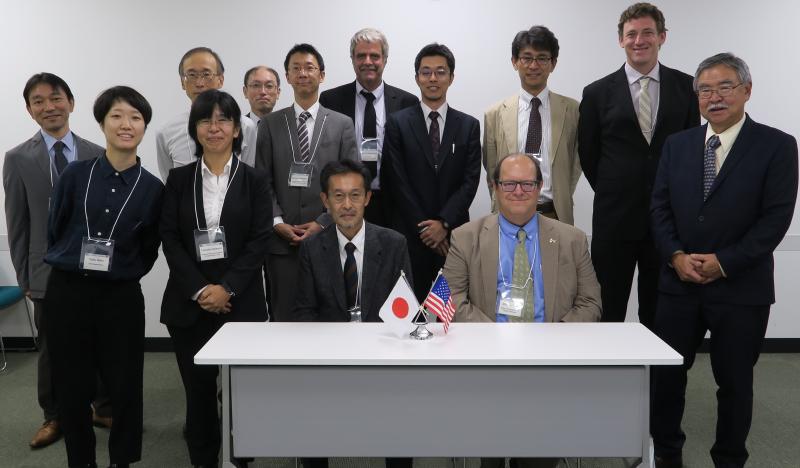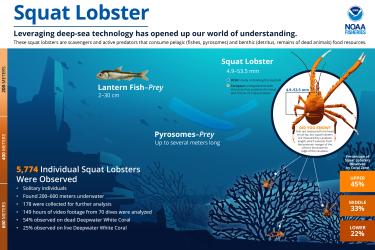The U.S.-Japan Natural Resources (UJNR) Aquaculture Panel meets annually to discuss new methods to support the growth of sustainable domestic aquaculture. Beginning in 1971, scientists from NOAA’s Office of Aquaculture and the Japan Fisheries Research and Education Agency (FRA) have collaborated through the annual panel. They share research results, new technology, and innovative approaches to sustainable seafood farming.
Marine Aquaculture in a Changing Environment
In an effort to address key issues related to climate change, the 3-year theme of “Marine Aquaculture in a Changing Environment” was selected in 2017. The 45th, 46th, and 47th meeting proceedings all focus on climate change. They bring attention to some of the latest research on how sustainable aquaculture can mitigate some of the impacts of environmental change.
Seafood Farming for the Environment
Past meetings share a common theme of solutions based on increasing marine aquaculture in both the United States and Japan. Aquaculture provides beneficial ecosystem services that help improve the surrounding environment, including water filtration and habitat growth for other species.
In the United States, responsible fish farming can be one of the most environmentally friendly ways to produce animal protein. Fish require far less feed than most land-dwelling farm animals, and regulations help ensure that best practices are applied to ensure sustainability.
Growing Aquaculture in the United States
Although the United States has access to numerous natural, economic, and technical resources, as of 2018, it ranked 17th worldwide in aquaculture production. International scientific meetings like the panel offer important opportunities to learn from cooperating countries around the world.
Mike Rust, NOAA Fisheries Science Advisor and co-chair of the aquaculture panel, stated, “Researchers from both countries come to exchange their latest and greatest innovations at the panel. I look forward to exploring the novel ways that aquaculture can be of even greater service to our environment.”


